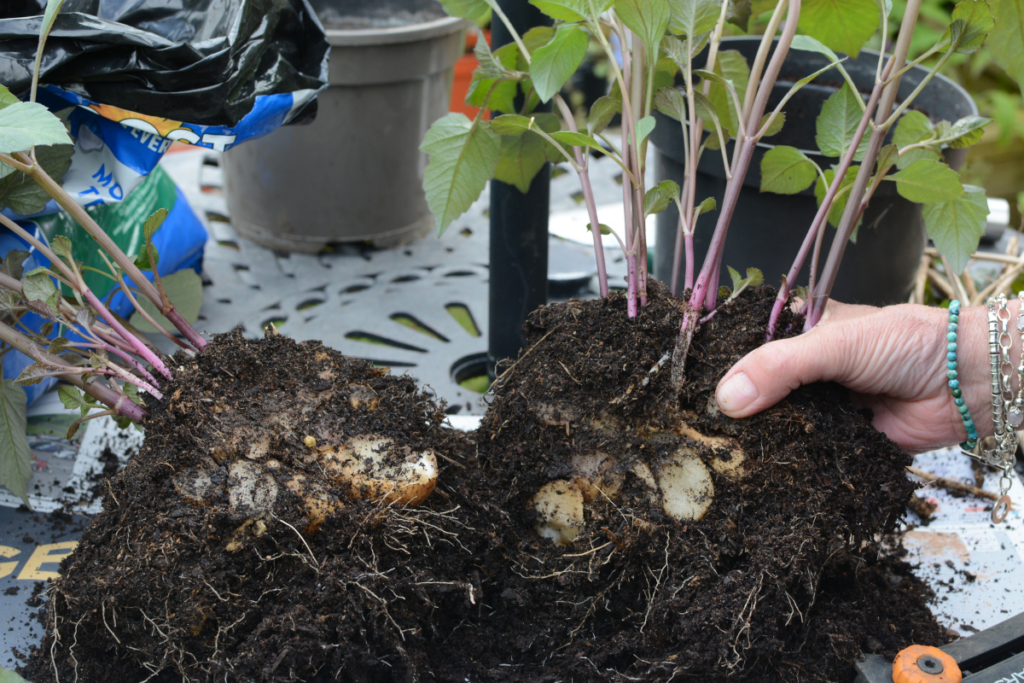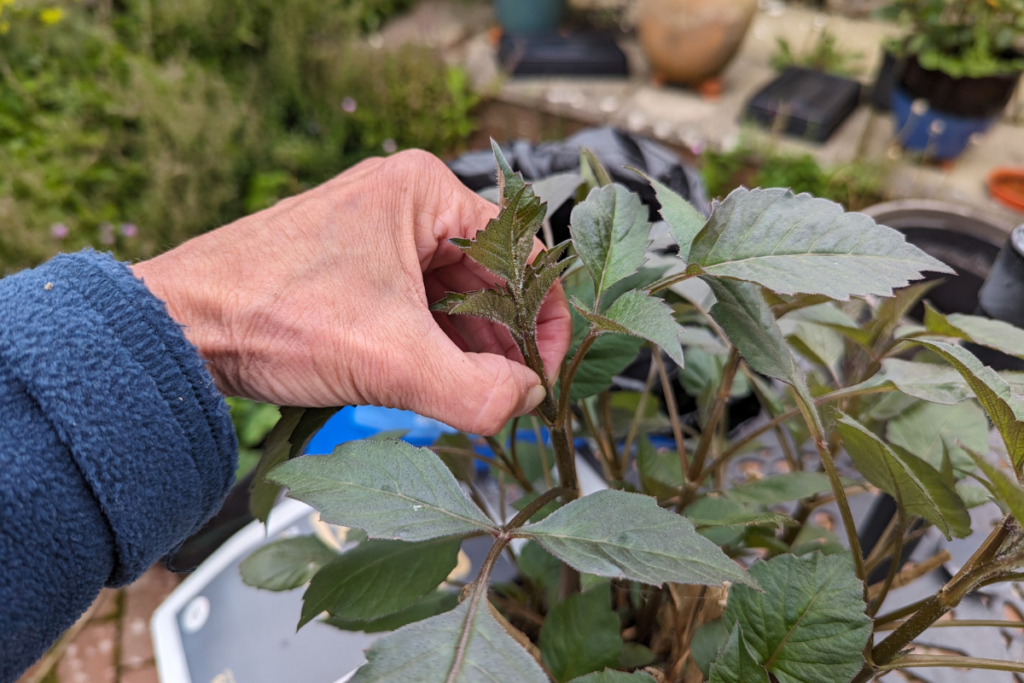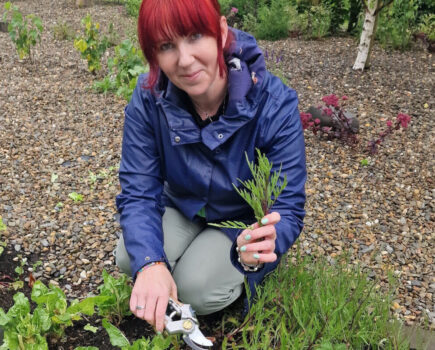Ruth gets on with pruning, planting, dividing and watering
As June moves towards its end, looking after the garden is a bit like herding cats – everything is going on everywhere, growing in all directions and the gardener is hard-pressed to know where to turn first. The beds need weeding, the greenhouse needs cooling and shading, containers and baskets need watering and feeding and the first early crops need harvesting. All this before we start planting out the seed-grown flowers and vegetables and tender plants that we have been nurturing through the winter.
One of the main jobs is to cut back any shrubs that flowered in early summer, varieties such as weigela and philadelphus. They are pruned now to give them time to grow before going dormant in the autumn, because each year’s flowers are produced on stems that grew the previous season. If you delay pruning, they won’t have time to put on enough growth for a stunning show next spring.

Pruning involves removing any dead or damaged wood, as well as diseased stems that are cut back to healthy material. Then take out any stems that are spindly or growing inwards, to create an attractive open shrub with a strong framework, and remove any branches that are crossing or rubbing as they will damage each other. Then feed and mulch your plant to help them recover.
We have found that one way of removing some of the strain is to turn No Mow may into No Mow Summer, and let the lawns grow with only a few access paths mown around the edges of borders and through the middle. The bisected back lawn, which is full of ox-eye daisies, salad burnett, clover, buttercups and scabious, looks like a pair of lungs breathing life into the garden. It is full of insects, including the rare and protected small blue butterflies, birds and hedgehogs, and at night we have bats swooping overhead.
It’s us doing our bit for nature, and we feel better for it.
Dividing dahlias
Simple splitting works well

1. Cut your shoot-filled tubers into pieces, making sure each piece has healthy roots and shoots. Pot them up in peat-free multipurpose compost such as Westland’s Boost then plant them out when they have grown and been hardened off.

2. Pinch out tall growing tips to the next pair of leaves to promote bushy growth and a greater number of flowers.
Greenhouse health
- Is your greenhouse like ours? Is it a hive of industry, packed with tomato plants and seedlings? I suspect it is, and with all this green activity going on, with plants in close proximity, it’s important to keep plants healthy and pests in check.
- Good airflow is important to keep fungal problems at bay, so keep doors, windows and vents open.
- Doing so will also let in pollinators to do their thing among your plants, though make sure they don’t get trapped.
- Regulate humidity by damping down the floor and placing bowls of water among the plants. This will also help deter greenhouse red spider mites, which thrive in dry hot conditions.
- Eject any snails or caterpillars you find, and use natural predators and biological controls to combat smaller pests.
Find more tips, advice and articles like this at the Amateur Gardening website. Subscribe to Amateur Gardening magazine now.





